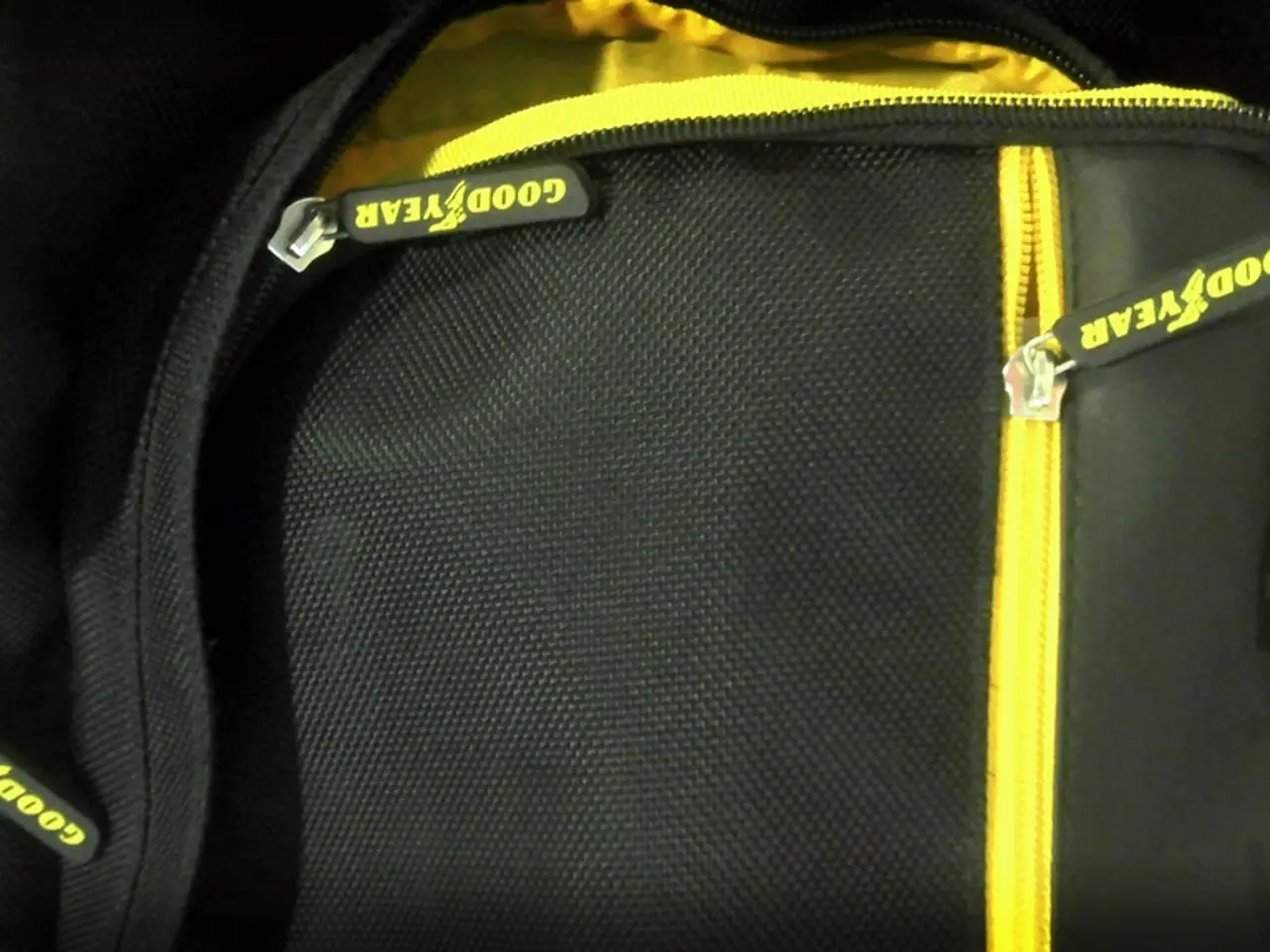Archaeologists Delve into Stülper Huk Excavation Site
The picturesque Stülper Huk Peninsula, once an obstacle to navigation due to its jutting into the Trave, is the focus of a multidisciplinary study. This investigation aims to shed light on the peninsula's role in maritime traffic, settlement history, and the possibility of a castle or fortified structure.
Role in Maritime Traffic
Historians and archaeologists are examining the peninsula's influence on historic and modern maritime routes. They are analysing navigational records, shipwrecks, and harbour remains to understand its strategic or economic importance in sea trade or travel. The Stülper Huk may have served as a landmark, port, or defensive position for controlling maritime traffic.
Settlement History
Archaeological and historical investigations are being conducted to uncover human habitation on the Stülper Huk Peninsula. These studies involve examining artifacts, dwellings, and infrastructure to understand the timeline and nature of settlement, including periods of occupation and cultural influences. The geography of the peninsula is believed to have significantly affected settlement patterns, resource use, and community development.
Castle Possibility
Evidence supporting or refuting the existence of a castle or fortified structure on the peninsula is being explored. This could involve archaeological digs, surveys of earthworks, ruins, or documentary research in archives. The strategic value of such a structure in historical defence or governance is also being assessed.
Initial investigations, including drilling, surveys, and underwater archaeological searches, have already begun. Based on these results, a targeted excavation at one of the earthworks is planned for the fall.
The joint project between the Archaeology and Heritage Management Department of Lübeck, CAU, and the ROOTS Cluster of Excellence is spearheaded by Dr. Felix Rösch, underwater archaeologist and project leader for the city of Lübeck. Dr. Rösch is excited to collaborate with Kiel archaeologists on the study of the Stülper Huk.
Further evidence suggests that the Stülper Huk was used in the early Christian centuries and the Middle Ages. It's possible that Count Adolf II had a castle built on the Stülper Huk to control trade on the Trave. In the late 1650s, a shipwreck from 2023 was discovered near the Stülper Huk, which may provide additional insights into its history.
This comprehensive study promises to reveal more about the Stülper Huk Peninsula, offering a fascinating glimpse into its past and its role in shaping the region's maritime history.
The study also aims to delve into the potential impact of education and self-development activities associated with the Stülper Huk Peninsula throughout history. This could include investigating the availability of knowledge resources, such as schools, libraries, or training centers, which might have facilitated learning and personal growth for inhabitants and travelers.
Moreover, the exploration of historical records and artifacts may provide invaluable insights into the development of skills, crafts, and trades that were relevant to the peninsula's maritime role, settlement patterns, and cultural influences. This knowledge could lead to contemporary educational programs that promote awareness and appreciation of the Stülper Huk's rich history.




